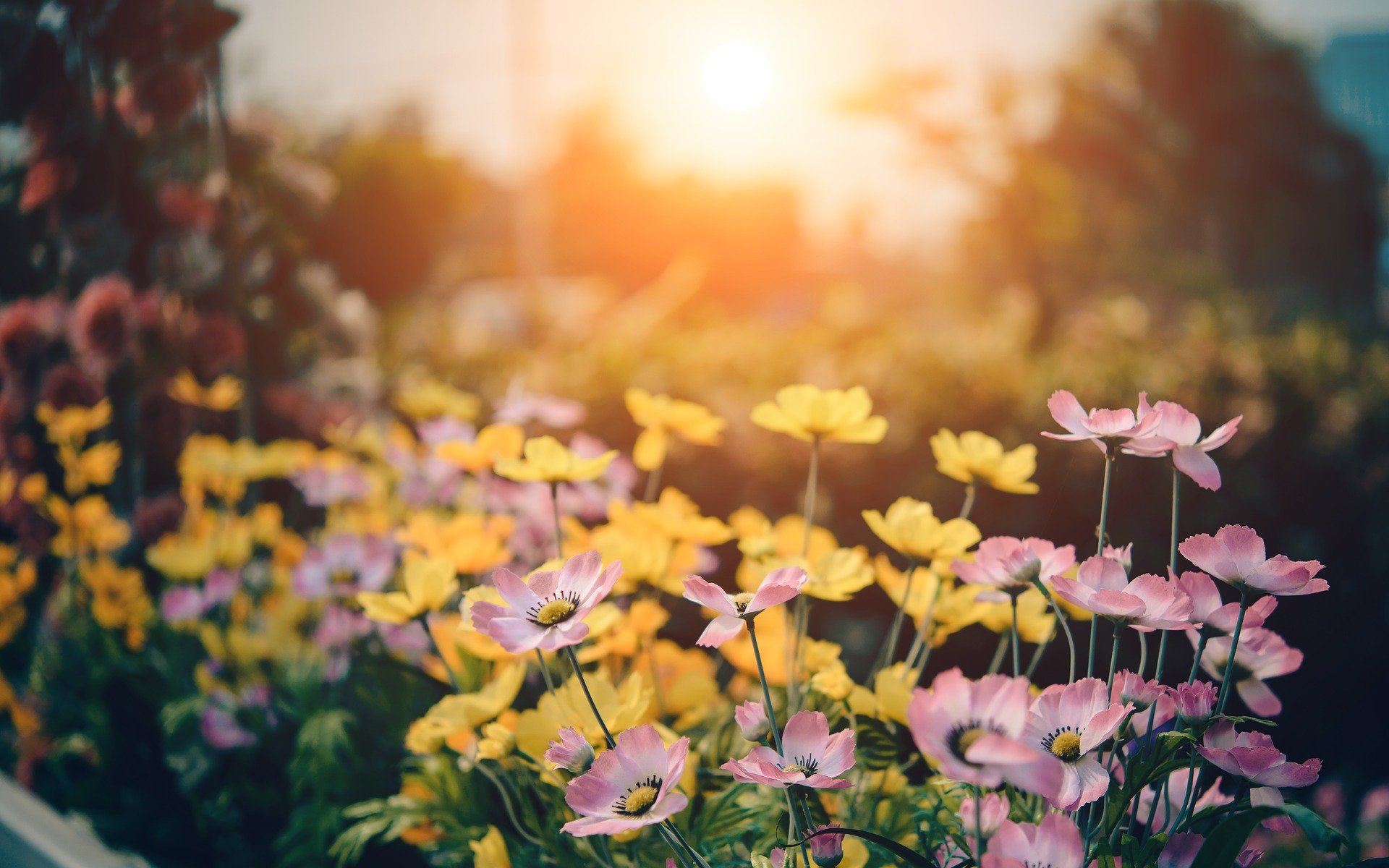Spring is finally upon us here in Vancouver, Camas, and Washougal, Washington, and, as we all know, springtime is the best time to start seeds. With so many different kinds of plants, it can be hard to decide what will work best for you. Here we will discuss the differences between annual, perennial, and biennial.
Annual
Annuals are types of plants that germinate, grow, produce their seeds and die within a year. In other words, these types of plants complete their entire life cycle within a single growing season. This type of plant will need to be replanted every year from the seeds of previous years. There are three main types of annual plants, which include hardy, half-hardy, and tender. Hardy annuals are the most cold-tolerant and include plants like broccoli, cabbage and kale. Half-hardy, as the name suggests, are less cold tolerant than hardy, but will still do alright in colder weather; an example of a half-hardy plant would be lettuce or cauliflower. Tender annuals have the least cold resistance and will quickly die back once frost hits; examples include marigold and periwinkle.
Perennial
Perennials, on the other hand, unlike annuals continue to grow and produce year after year. They grow from the growth of the previous year and do not need to be replanted from seed every year. There are also three main types of perennials which fall into the same three categories as annuals: hardy, half-hardy, and tender. Like annuals, hardy perennials do well in cold weather (like hostas and peony), half-hardy perennials (such as dahlias) will survive in colder weather for a while but will die back if left in the cold for too long, and tender perennials (like cala lilies) will need to be protected from the cold in order to survive.
Biennial
Biennials are types of plants that complete their life cycles within two growing seasons or years. In the first year, generally in fall or spring, these types of plants germinate, grow roots, stems and leaves before going dormant. In the second year, they produce fruits or flowers and seeds before dying off. After the second year, these plants must be replanted from the seeds of previous years. They can also be divided into the three categories discussed above: hardy, half-hardy, and tender. Types of biennials include foxglove, hollyhock, and onion.
Urban Eden Landscaping has all of the required knowledge and skills to care for all of your landscaping and lawn care needs and we would love to help with your planting this spring! Contact us or fill out or FREE estimate request form today!

